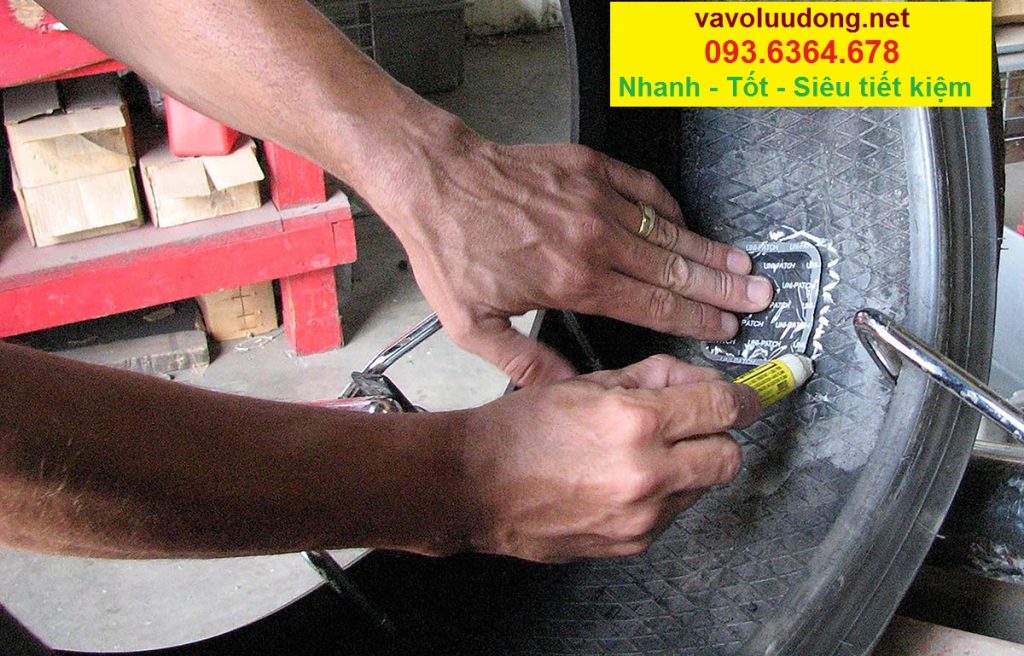I’ve heard that it’s not very safe to drive on a plugged tire. Is that true? Why is repairing or replacing a damaged tire a better option than plugging a tire? What are the dangers of driving on a plugged tire?
We’ve all been there before. You wake up or walk to your car after work, only to look down and see a flat tire and a nail sticking out. You don’t have time to take your vehicle into an auto shop and need a quick fix. It’s a small nail, so you plug your tire and go on with your life.
You only meant for the plug to be a temporary solution until you could get the tire replaced. Then life happens, and it’s a few days before you can get a new tire. Those few days turn into months, which can quickly turn into a year. You may start to ask yourself if it’s really safe to drive on a plugged tire.
It turns out that installing a plug can have a serious impact on the life and integrity of your tire. That is if it’s safe to plug your tire at all. Here is what you need to know about plugged tires and how safe it really is to drive on one.
The first thing you should consider when plugging a tire is if it’s safe to install a plug in the first place. There are specific cases when it’s safe to use a plug. Outside of these scenarios, driving on a plugged tire could be dangerous to you and other drivers.
Depending on the size of the puncture, the extent of the damage, and the tread of your tire, you may not be able to repair the tire with a plug. The size of the hole must be no larger than 0.25 inches and must be located on the tread of your tire. If the puncture is on the shoulder or sidewall, then you will need to replace the tire.
The angle of the puncture also makes a big difference in the effectiveness of a plug. Ideally, the nail or object that punctured your tire went straight in. This would make a repair fairly straightforward.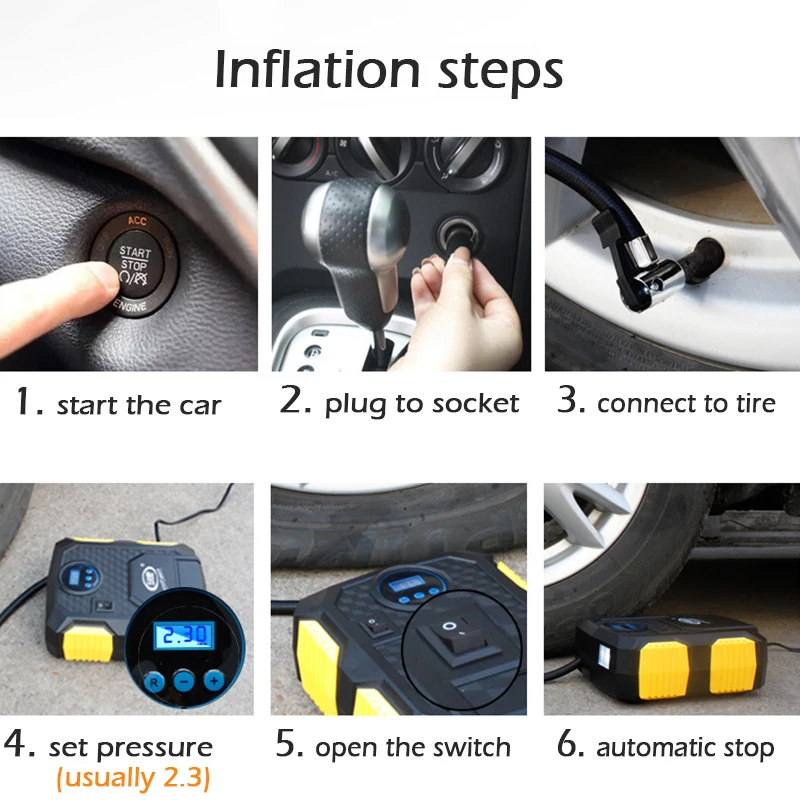 However, if the tire was punctured at an angle, the plug will have a hard time completely sealing the punctured area. Take note of how the nail or screw looks and the angle that it entered the tire.
However, if the tire was punctured at an angle, the plug will have a hard time completely sealing the punctured area. Take note of how the nail or screw looks and the angle that it entered the tire.
The age and quality of your tire is also an important factor in whether or not it can be plugged. If the tread on your tire has been worn below 2/32 of an inch, then your tread is too far gone to be plugged. If you’re wondering how you can measure this, 2/32 of an inch is the amount measured by the classic penny test. Make sure your tire passes the penny test before you even thinking of plugging it. If it doesn’t pass the test, then it’s probably time for a new set of tires anyway.
If you have to ask yourself whether or not your tire can be repaired, that may be a sign that it’s time to move on. A TIA-certified tire technician can inspect your tire and let you know for certain if it’s safe.
Another thing to think about when it comes to driving on a plugged tire is how your repair may impact the manufacturer’s warranty on your tire.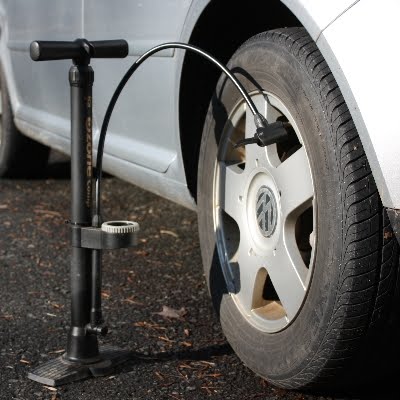 Improper repair and maintenance is a surefire way to void your warranty. Think twice the next time you consider opting for a DIY approach on your next tire repair.
Improper repair and maintenance is a surefire way to void your warranty. Think twice the next time you consider opting for a DIY approach on your next tire repair.
When it comes to the safety of your vehicle, it’s always best to leave things to the experts. By having your tire repaired by a certified professional, you can be confident your repair is performed properly, and your manufacturer warranty is still “good.”
The biggest problem with driving on a plugged tire is that you still have a hole in your tire! While it may be a temporary fix, it’s important to recognize that there is still a structural failure in your tire that needs to be addressed.
It only makes sense that a plugged tire cannot handle the same level of stress and strain as a tire in good condition. This is especially true when you start reaching higher speeds on the highway. The manufacturer won’t support a tire’s speed rating once it has been repaired. So, if you plan on racing, off-roading, or just want to go fast, a plugged tire isn’t going to work.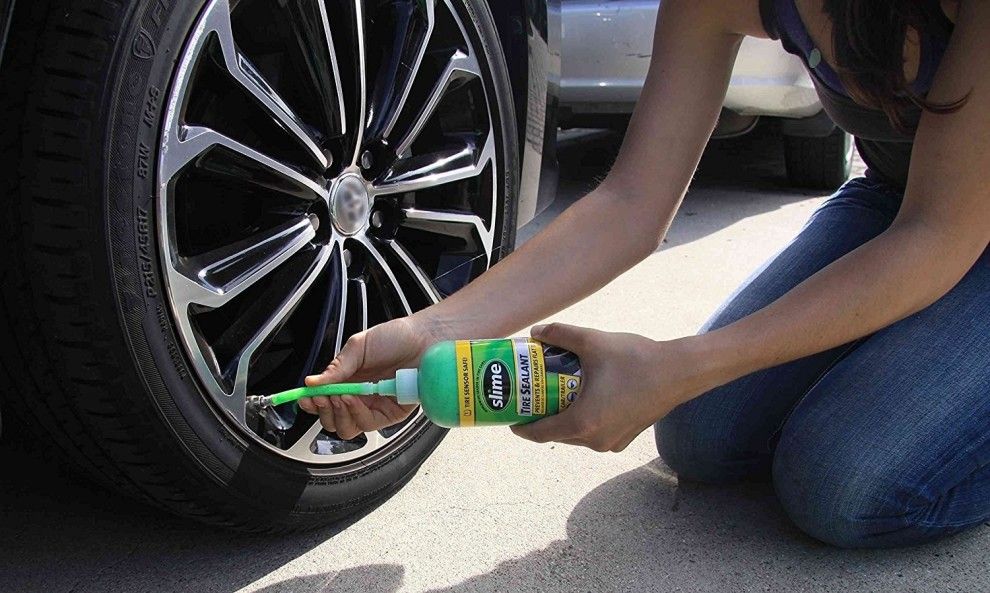
Over time, it’s possible for that small puncture to slowly get larger. This results in a greater loss of air while also increasing your chances of a blowout on a road. Furthermore, the plug itself may fail while you are driving, putting you back where you started.
In the event of a flat tire from a nail or screw, the best course of action is always to replace the tire. A plug or patch for your tire may help tide you over until you can have it replaced, but it’s important to remember that a plug is meant to be a temporary fix.
While it may be tempting to see how far you can get with a five-dollar repair, the consequences of a plugged tire failing will be much worse than if you had replaced the tire in the first place.
If you just purchased a tire or recently bought a set of expensive tires, it can be a frustrating experience. If this is the case and you hope the tire can be saved, it may be worth it to have it inspected by a professional.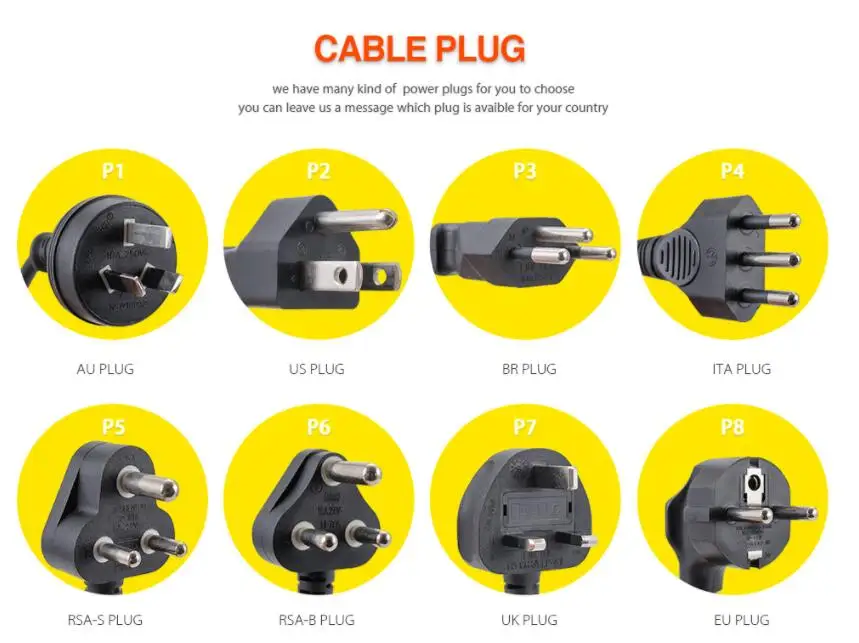
The TIA-certified tire experts at Tread Connection know how to properly diagnose, inspect, and repair flat tires. When you work with Tread Connection for your flat repair, the tire will be removed from the wheel and carefully inspected inside and out. This helps us ensure whether or not it can be safely repaired.
If the tire can be repaired, our team will take care of it for you. In the event that your tire cannot be safely repaired, our team will recommend a replacement from our wide range of tires to find the right one for your needs, and your budget.
It’s never worth it to gamble when it comes to the safety of you and your vehicle. Don’t try to see how long you can drive on that plugged tire. Have your tire inspected and repaired the right way by the TIA-certified tire experts at Tread Connection.
We bring the tire shop to you and can repair your flat or replace your tire at your home and on your schedule. Schedule your tire service with Tread Connection today!
Schedule your tire service with Tread Connection today!
BUY TIRES
Tire plugging is the fastest method to repair a punctured car. Tire plugging uses a cord to prevent the airhead from escaping. If you are an experienced person, you can avoid damage to your car with simple tips.
So, how long does a tire plug last? Most manufacturers say that plug versions can last 7-10 years if installed correctly.
Yet, this number is meant as a reference because you can’t always fix it perfectly. The article gathers useful knowledge and some of the most frequently asked questions about tire plugs. Let’s scroll down to read more information!
Buy Best Tire Repair Kits at Amazon.com
What Is A Tire Plug?It is the primary tool in the repair by plugging method. From the outside, it looks like a standard wire, and the structure is quite remarkable; it is a sticky object; depending on the case, the item can expand or contract to match the size of the hole.
Its working principle is also quite simple: after being inserted into the tire, the plug wire will sense the pressure, determine the shape of the wound, and then automatically expand to adapt.
In addition, the material that makes the wire must be guaranteed to meet the standards, confirming the certainty so that after the air is pumped in, there will be no problems.
There is no denying the convenience that the plug method brings, and you can even repair it without removing the tire from the rim. You can even plug in the tire in some exceptional cases, even when the wheels are connected.
How Long Does A Tire Plug Last?When a vehicle is repaired correctly and maintained, a plug’s life span can last up to 7-10 years. It is an unbelievable number for a wheel that has been repairable.
However, manufacturers advise users not to overdo patching like this in practice. When using too many repair measures, the impact will affect the inherent functions, causing deflation and explosion.
When traveling on the road, the car’s wheels have problems, do not rush to decide when the experience is not proficient; the best way is to take the car to a repair center to have expert advice on the appropriate repair method.
Is Plugging A Tire A Good Idea?Buy Best Tire Repair Kits at Amazon.com
Plugging or patching is only a temporary measure before you have enough time to change into a new tire. The life of a tire after plugging can last from 7-10 years or 25,000 miles; no one can be sure that there will not be any problems.
Plugging in tires will be a good idea, even effective if the wheel is in an emergency that needs to be moved.
Is It Safe To Plug In A Tire?You can safely use your plugged-in tires when traveling in a specific section of the road. Unlike a spare tire, which has a short life, it is possible to prevent air from escaping through a previous puncture completely with a plug repair method.
Via many surveys, experts think there is a better measure than a plug – radial patch. It is a suitable method available on almost all popular tires on the market.
The process takes about 30 minutes while using a wire to insert the air hole takes up a few minutes. Both must be vulcanized to reinforce and increase the rubber surface’s certainty.
Is It Ok To Drive On A Plugged Tire?As long as the wound has adequately been reinforced, you are entirely safe traveling by car with tires. The safest time to use is not too long from when you repair using the above method.
Besides, some notes have also ensured stability when operating this type.
However, do not drive when there is a wound near the wall or on the side of the wheel; if the plug diameter exceeds ¼ inch, it is best to replace the tires.
Finally, the body’s weight, do not use plug tires to carry heavy objects; this inadvertently puts pressure on the wheels when the tires are weak.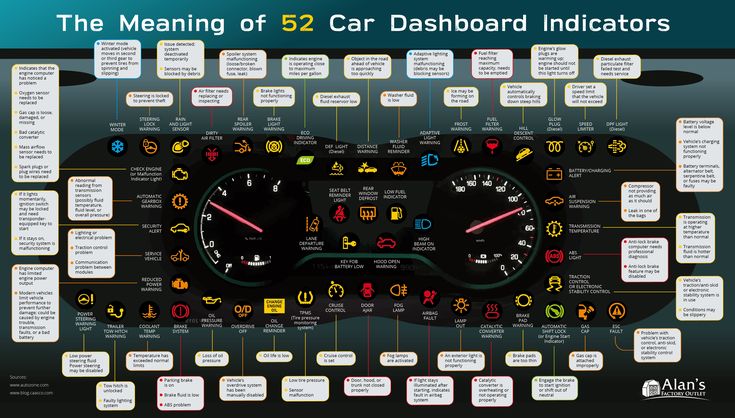
Here are some ways to help you better understand the plugging process.
Step 1: Locate the leakThis step does not require you to remove the wheel altogether, but you can use a jack to support the wheel’s weight, so it is pretty easy to do the following steps.
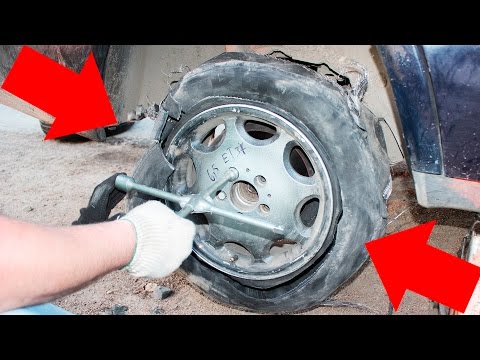

The above article has provided you with knowledge related to plugging or manipulations to perform this process. Hopefully, it will help you when you encounter a similar situation.
This post was last updated on esportby. com
com
An easy way to quickly restore tire tightness and continue your journey. True, for this you need to have the right wheel repair kit with you.
Maxim Stroker
“Catching” a nail, screw or piece of wire in a wheel on the track is a trifling matter and somewhere even everyday. However, it turns into a serious "trouble" if this happens, for example, at night or a couple of tens of kilometers from the nearest tire fitting point. In theory, in this case, you need to put a spare wheel and go further. Although, in the case of a family trip on vacation, the process of digging it out from under a pile of junk in the trunk can turn into an adventure that deserves a separate story. Be that as it may, often the trouble does not come alone and the spare tire can be broken literally on the next kilometer. After all, where one carnation fell on the road, there may well be another one, and another, and another ...
With a couple of crippled wheels, you'll either have to wait an unknown amount of time for a tow truck to be sent in, or fix it yourself. Therefore, in a not particularly urbanized area, it makes sense to carry a repair kit with you to eliminate punctures in tubeless wheels. In principle, it can be of any manufacturer. The main thing when choosing it in the store is to make sure that the “drill” included in the repair kit is not very toothy and sharp. After all, his task is simply to clear a puncture hole in the tire, and not to break its metal cord. The second recommendation: the flagella, which are supposed to close the puncture hole, should be plump and reinforced with thin wire or plastic threads. nine0009
Therefore, in a not particularly urbanized area, it makes sense to carry a repair kit with you to eliminate punctures in tubeless wheels. In principle, it can be of any manufacturer. The main thing when choosing it in the store is to make sure that the “drill” included in the repair kit is not very toothy and sharp. After all, his task is simply to clear a puncture hole in the tire, and not to break its metal cord. The second recommendation: the flagella, which are supposed to close the puncture hole, should be plump and reinforced with thin wire or plastic threads. nine0009
n-i.kiev.ua
And the third criterion for choosing a wheel repair kit is the obligatory presence of a tube of glue in it. Yes, yes: there are also “glueless” sets on sale, which are essentially useless.
So, we notice that the wheel is flat (or has already been blown off) and proceed to eliminate the problem. Most often, the hole in the rubber is not visible. Therefore, to begin with, we hang out the damaged wheel by raising the car on a jack, and inflate it with a pump or compressor to 3-4 atmospheres.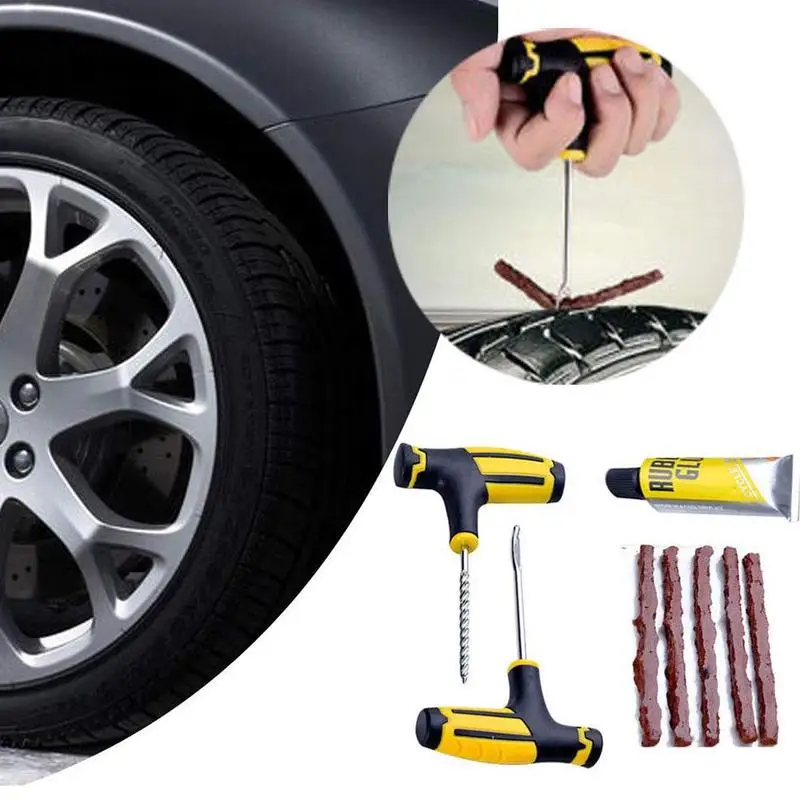 If even after that it is not possible to detect damage by the whistle of escaping air, we methodically and consistently wet the entire surface of the wheel and look for bubbles at the puncture site. nine0009
If even after that it is not possible to detect damage by the whistle of escaping air, we methodically and consistently wet the entire surface of the wheel and look for bubbles at the puncture site. nine0009
Having found a puncture, we take the “drill” from the set and pierce the damaged area with it several times. So we clean the surface of the hole before gluing. Next, we smear the “drill” with glue from the set and again immerse it in the hole. We repeat this operation and, leaving the “drill” sticking out in the hole smeared with glue, we take out the flagellum and insert it halfway into the eye of another tool - the “overgrown needle” (sometimes called the “awl”), also available in the repair kit. We coat the flagellum with glue and, quickly pulling the “drill” out of the hole, insert our “needle” there so that the ends of the flagellum remain above the surface of the wheel tread. Next, we pull out the “needle-awl” and wait a few minutes until the glue grabs. After that, we pump up the wheel and carefully cut off the protruding tails of the flagellum with a knife. Everyone, you can move on. nine0009
Everyone, you can move on. nine0009
Test drive of one of the best family minibuses
20053
wheels, summer tires, cheap cars, repairs, tires, winter tires, track
Author: Aleksey Kokorin
Experienced drivers are not surprised by such a trifle as a puncture, but for the first time beginners usually get confused in the sequence of actions, forget about important details and do not know what to do with a punctured wheel even in a tire shop - especially if they start offering choose from several options or intimidate with expensive repairs. Let's set up an operation algorithm when a flat tire is detected and figure out what to do right away and what to choose later. nine0069
Let's set up an operation algorithm when a flat tire is detected and figure out what to do right away and what to choose later. nine0069
What to do when you find a puncture
Having found a flat tire, first of all you need to stop in a safe place, turn on the alarm, assess visibility and, if necessary, set an emergency stop sign: according to traffic rules, it is installed at least 15 meters from the car in the village and at least 30 meters outside the settlement. When choosing where to stop, consider the space to the side of the vehicle to handle a flat tire. You should not stop right on the road and in places where stopping and parking are prohibited: even if a punctured wheel belongs to the conditions of a forced stop, it is quite possible to drive several tens of meters on it to choose a safe and convenient parking place. At night or in conditions of limited visibility (for example, in fog or rain), it is imperative to wear a vest with retroreflective elements - this is required by clause 2. 3.4 of the SDA and common sense. nine0069
3.4 of the SDA and common sense. nine0069
Now you can start working on the wheel. We will sequentially consider several options for action, and then move on to ways to repair a damaged tire.
The most obvious solution to a flat tire is to replace it. If you have a spare tire that you are sure is in good condition, the best option is to install it and visit a tire shop to repair a punctured tire - such repairs will be more reliable and of high quality than doing it yourself.
If you do not have a suitable spare tire, but have a pump or compressor, you can assess the damage to the tire and try to pump it up again to get to the tire shop. It is better to start searching for an air leak with a valve (aka “nipple” or “nipple”): often a faulty spool becomes the cause of a flat tire. It is easy to check it: unscrew the protective cap (if there is one), pour water on it (or slobber it, as in childhood): air bubbles will leak. In this case, you can try to replace the spool valve by unscrewing it and screwing in a new one, but if there is no new valve, as well as a store nearby, you can try just unscrewing and screwing it back in.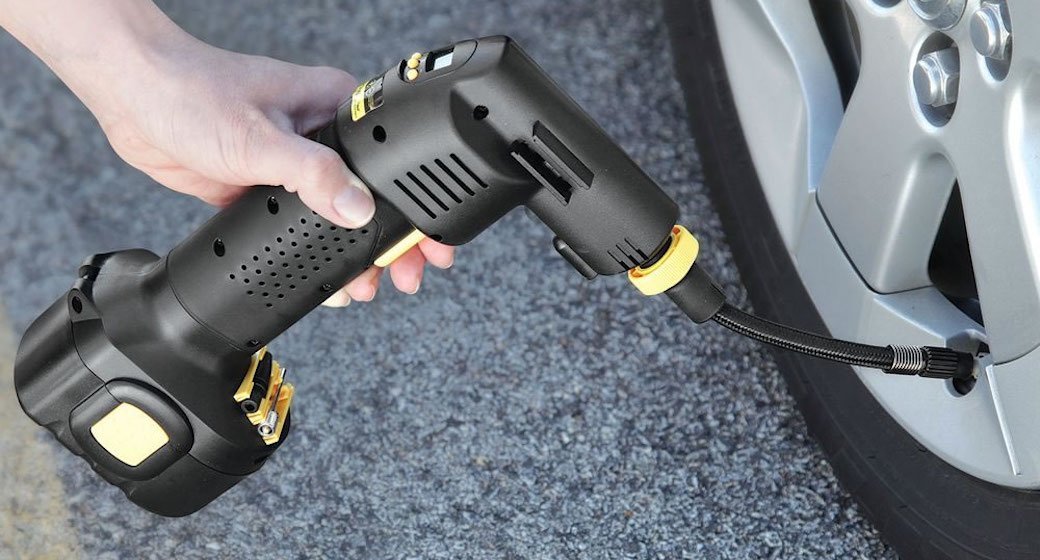 Regardless of whether it helped or not, you need to visit a tire shop to replace the entire spool or valve. nine0069
Regardless of whether it helped or not, you need to visit a tire shop to replace the entire spool or valve. nine0069
If the valve is tight and the tire is flat, it is most likely a puncture. The easiest way to find a puncture that is free of foreign objects is to pour water on the tire while looking at the surface: the damage will reveal itself as air bubbles. However, often the cause of the puncture can be found along with it: a self-tapping screw, nail or other arbitrary object sticking out of the wheel will clearly indicate the place of depressurization. In this case, you do not need to immediately remove the foreign object from the tire: it partially seals the hole, and if the pressure loss is slow, you can try to pump up the wheel and drive to the tire shop. nine0069
The same goes for wheels that are leaking from the rim or from a faulty valve. Usually, in this case, the air is bled slowly, and you can pump up the wheel and have time to get to the place of repair.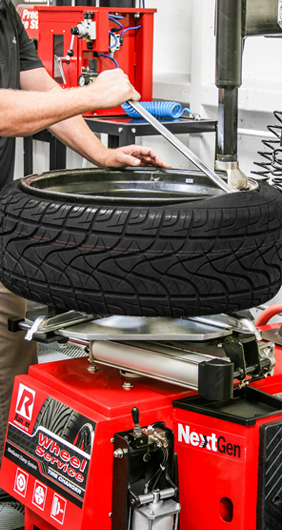 By the way, rim leakage can occur due to disk deformation upon impact - for example, when hitting a pit with sharp edges. Such situations are fraught with damage to both the disk and the sidewall of the tire, in which case the disk will need to be corrected, and the tire repaired or even replaced. To avoid rim leaks, you need to inspect the rims every time you change tires. The loss of tightness occurs either due to corrosion or due to disc deformation, and not only steel, but also light alloy wheels can corrode. So if you see paint blistering or rust on the rim, the tires need to be put on rim sealant: when changing tires, this will be cheaper than the subsequent removal and re-tire to fix a leak on the rim. nine0069
By the way, rim leakage can occur due to disk deformation upon impact - for example, when hitting a pit with sharp edges. Such situations are fraught with damage to both the disk and the sidewall of the tire, in which case the disk will need to be corrected, and the tire repaired or even replaced. To avoid rim leaks, you need to inspect the rims every time you change tires. The loss of tightness occurs either due to corrosion or due to disc deformation, and not only steel, but also light alloy wheels can corrode. So if you see paint blistering or rust on the rim, the tires need to be put on rim sealant: when changing tires, this will be cheaper than the subsequent removal and re-tire to fix a leak on the rim. nine0069
If you find a puncture, but there are no foreign objects in it, and you do not have a spare wheel and tire repair kits, there is another popular method of temporary "repair". You can screw a self-tapping screw into the found hole - if, of course, you have one. In extreme cases, you can look for a self-tapping screw in the cabin by unscrewing it from some interior detail.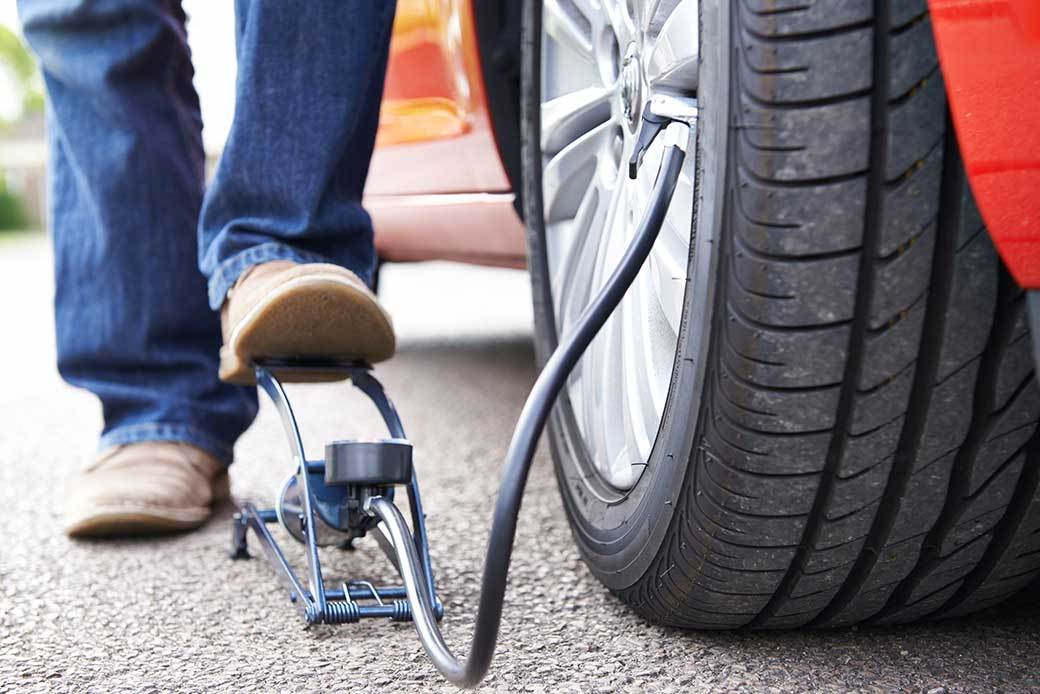 This method cannot be called reliable: it is unlikely to ensure complete tightness of the wheel, but at least it can help you get to the nearest tire shop. nine0069
This method cannot be called reliable: it is unlikely to ensure complete tightness of the wheel, but at least it can help you get to the nearest tire shop. nine0069
And a couple more useful remarks. If the wheel is completely flat, then it is easier to inflate it without a spool: the latter must be unscrewed, then the tire must be inflated and quickly screwed back in. The fact is that the spool itself, when inflated, resists the compressor, and in the event of a loose fit of a flat tire to the disk, the power of a simple magazine compressor may not be enough, and the absence of a spool helps to increase air flow and facilitate the operation of the compressor. If this does not help, you can jack up the car by hanging a flat tire: this will improve the fit of the tire to the disk, and the chances of inflating the tire will increase. nine0069
On-Site Repair Methods
Now let's look at options for repairing a tire yourself using special materials that you should carry with you or, if a puncture caught you in the city, buy it at the nearest car shop.
1. The most common, cheapest and easiest way to do it yourself is to install a raw rubber band. The harnesses are sold complete with an abrasive awl to expand the hole in the tire and improve the contact of the repair harness with its edges, as well as a needle for installing the harness and an adhesive to fix it and at the same time seal the puncture. When choosing a repair kit in a store, you should pay attention to the following nuances:
Install the harness in the following order. First, the found hole is expanded with an abrasive awl - you need to insert and remove it several times into the puncture site. Then the tourniquet is inserted into the eye of the needle, and glue is applied to it. After that, the needle with the tourniquet must be inserted into the hole in the tire and pulled out sharply - so that the tourniquet remains in the hole, and the needle comes out without it. If everything worked out, it remains only to cut the end of the harness flush with the surface of the tire and pump up the wheel. nine0069
After that, the needle with the tourniquet must be inserted into the hole in the tire and pulled out sharply - so that the tourniquet remains in the hole, and the needle comes out without it. If everything worked out, it remains only to cut the end of the harness flush with the surface of the tire and pump up the wheel. nine0069
The benefits of a harness repair are quite good reliability, simplicity and low cost. On a well-repaired tire, you can drive for a long time, and if the repair site starts to poison, you can either replace the harness or have the tire repaired in a quality service. Among the minuses is the possibility of damaging the cord during installation, as well as lower reliability compared to “full-fledged” repair methods in a tire shop. Strictly speaking, a tourniquet is still a temporary repair, so if it is possible to pump up a wheel and get to a tire fitting, then it is better not to enlarge the hole in the tire and get to the experts. nine0069
2. The second repair option is aerosol liquid sealants sold in cans. To repair a punctured tire with sealant, you need to remove the foreign object from the puncture site, then pour the sealant into the wheel through the valve, twist it to distribute the composition inside the tire, pump up the wheel and drive several kilometers at low speed for the final uniform distribution of the sealant.
To repair a punctured tire with sealant, you need to remove the foreign object from the puncture site, then pour the sealant into the wheel through the valve, twist it to distribute the composition inside the tire, pump up the wheel and drive several kilometers at low speed for the final uniform distribution of the sealant.
The advantage of this repair is that it is easier and less labor intensive than installing a harness. However, there are also disadvantages: the larger the hole, the higher the chance that the sealant will not be able to eliminate it, and such a repair can affect the wheel balance. Compared to a tourniquet, it can be considered even less reliable and preferable, but simpler. nine0069
Repair options at a tire shop
If you put on a spare tire and brought the wheel to a tire shop, you may also be offered several repair options. Consider the most popular with an indication of the advantages and disadvantages.
1. The first repair method is the same harness installation as described above. As we remember, the tourniquet refers to a temporary repair, so among tire specialists this method is considered bad form, but many workshops do not exclude it from the list of services. All the advantages and disadvantages are the same here: such a repair will be the fastest, simplest and cheapest, but less reliable than other methods. It is worth choosing it in cases where the price and / or speed of the procedure is more important to you than anything else. If quality is a priority, then it is better to fork out for the options listed below. nine0069
As we remember, the tourniquet refers to a temporary repair, so among tire specialists this method is considered bad form, but many workshops do not exclude it from the list of services. All the advantages and disadvantages are the same here: such a repair will be the fastest, simplest and cheapest, but less reliable than other methods. It is worth choosing it in cases where the price and / or speed of the procedure is more important to you than anything else. If quality is a priority, then it is better to fork out for the options listed below. nine0069
2. The second option for repairing a puncture is to install a patch on the inside of the tire, the so-called cold vulcanization. In this case, the tire is removed from the disk, the surface around the puncture is treated with an abrasive, and the damage is sealed with a special patch. This is a more preferred repair method than a tourniquet: it is more reliable and durable, especially in the case of side punctures, when not the thick tread part of the tire is damaged, but the thinner sidewall.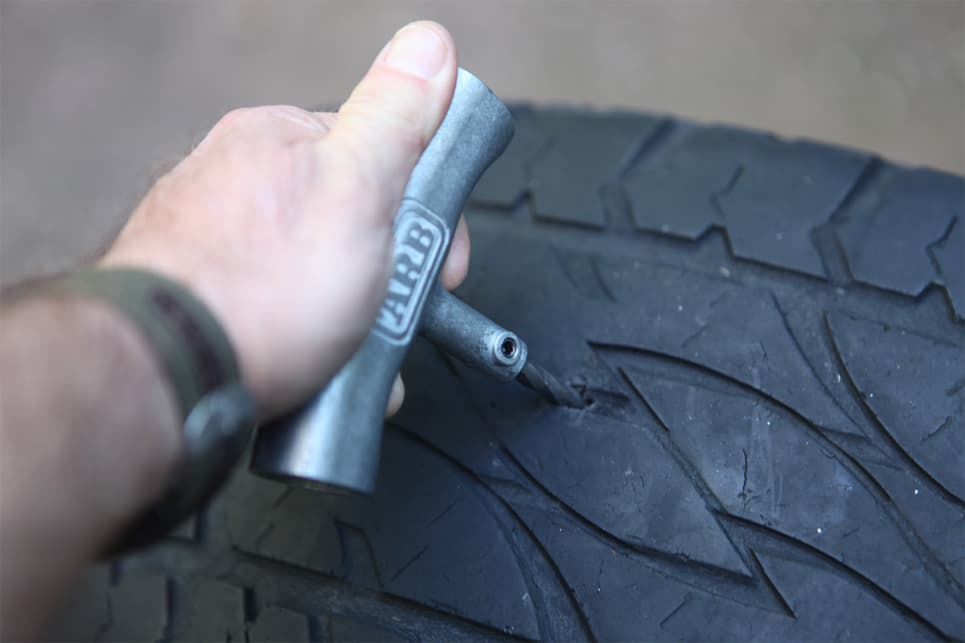 Among the minuses, only a higher cost can be noted: in addition to the actual tire repair, you will have to pay for the removal and installation of the wheel (or do it yourself), tire fitting and balancing. nine0069
Among the minuses, only a higher cost can be noted: in addition to the actual tire repair, you will have to pay for the removal and installation of the wheel (or do it yourself), tire fitting and balancing. nine0069
3. The third option is a "complex" of the first and second: installation of the so-called repair "fungus". The “hat” of the fungus is a patch, and the “leg” is threaded from the inside of the tire to the outside. After gluing the patch, the excess part of the leg is cut off, as in the case of the tourniquet. Thus, not only the inner surface of the tire is closed, but also the hole itself. The advantages and disadvantages of this repair method are generally the same as those of a patch.
4. An extreme, “emergency” measure when repairing a punctured wheel is to install a camera in it. Typically, this method is used for tires that are no longer worth repairing, or “for reliability” after repairing a complex puncture. It should be understood that almost all modern tires are tubeless, that is, they are not designed to install a camera, so it’s not worth driving a wheel repaired in this way for a long time.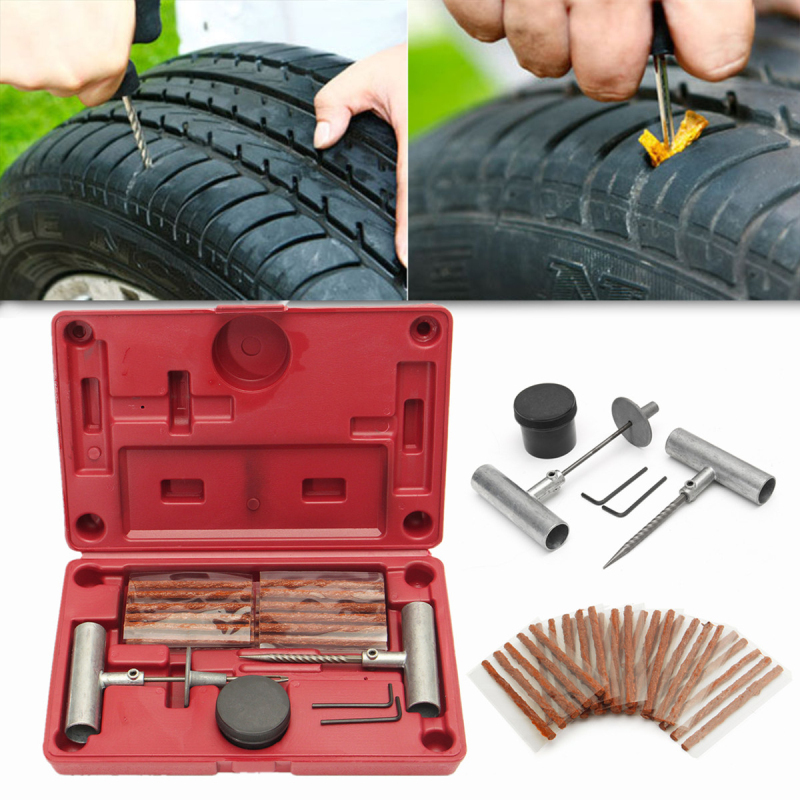 Installing a tube is a temporary solution for riding until a new tire is purchased, and sometimes such wheels are left as spares. So this repair method can be kept in mind as a backup. nine0009
Installing a tube is a temporary solution for riding until a new tire is purchased, and sometimes such wheels are left as spares. So this repair method can be kept in mind as a backup. nine0009
Finally
We have deliberately left out of this text such methods as combined repair of tires with a tourniquet and patch and hot vulcanization. The first is used quite rarely and for specific damage, and it is enough just to know about its existence. Well, the second is used to repair serious side cuts, and it is not only rare, but also very expensive. The cut site in this case is prepared, filled with raw rubber and processed with a hot press for vulcanization. Equipment for this procedure is not available in every tire shop, and the cost of repair can be about half the cost of a new tire. nine0069
interesting popular questions
Articles / Practice It's all about centimeters: how to drive through a snowy winter yard Why in the yard, you ask? Because most often inexperienced drivers get stuck in the yard in winter, and not on a cleared road. And it is also easier for them to damage their car in the yard. P... 1035 eleven 1 09.01.2023
And it is also easier for them to damage their car in the yard. P... 1035 eleven 1 09.01.2023
Articles / Interesting Faster than they look: 15 best sleepers of 2023 We talked in detail about what sleepers are - these are outwardly inconspicuous cars that can actually give odds to many in traffic light races. And the recently introduced fifth po... 2787 1 1 01/03/2023 nine0009
Articles / Practice Eternal youth: how to prevent the car body from aging Those who have bought a new car at least once in their lives experienced a feeling that can be described by the common phrase "if only nothing happened to the swallow.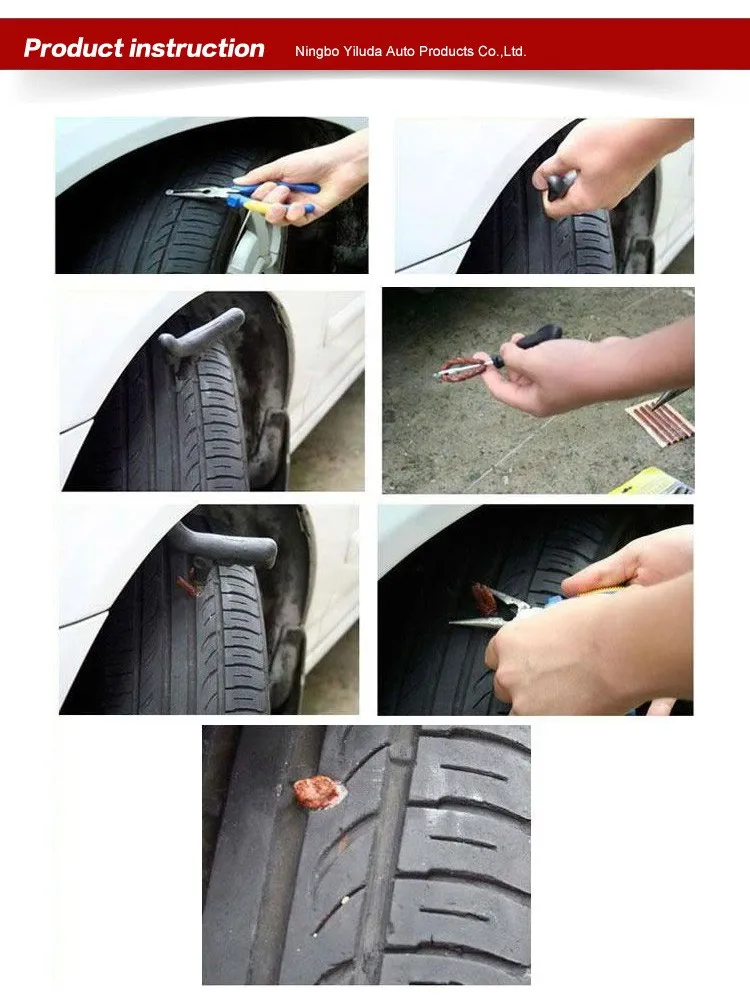 " But life is so badly arranged that with la ... 3869 1 four 27.12.2022 nine0009
" But life is so badly arranged that with la ... 3869 1 four 27.12.2022 nine0009
Test drives / Test drive Haval Dargo vs Mitsubishi Outlander: the dog is barking, the stranger is coming In the Haval dealership in the south of Moscow, life is in full swing: buyers look at cars, communicate with managers and sign some papers. While I was waiting for the test Dargo, the same cross... 21274 7 205 13.09.2022
Test drives / Test drive Motor from Mercedes, emblem from Renault, assembly from Dacia: test drive of the European Logan 1.